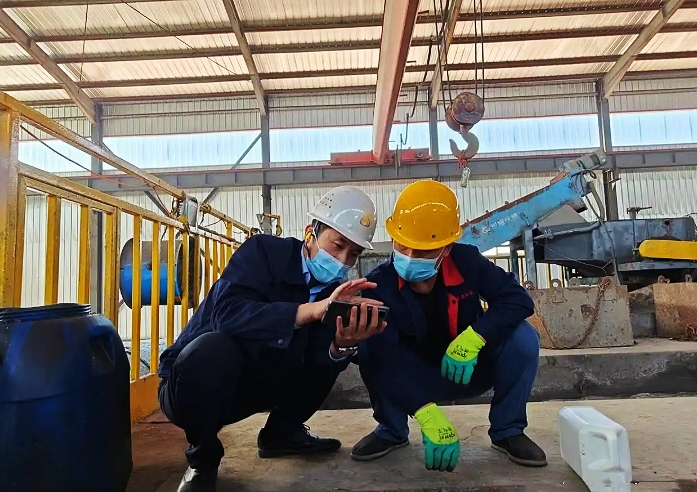What Are You Looking For?
Reasons and solutions for poor defoamer effect
Apr 08, 2025In the industrial production process, foam problems often plague various fields, such as chemical industry, papermaking, food processing, etc. Defoamers are widely used as an effective solution, but sometimes their effect may not be as expected. This article will explore several main reasons for the poor effect of defoamers and provide corresponding solutions.
Analysis of the reasons for the poor effect of defoamers
Different types of defoamers are suitable for different application scenarios and foam systems. For example, silicone defoamers are suitable for high temperature environments, while polyethers are more suitable for medium and low temperature use.
The size of defoamer particles is not suitable for the current foam system
Particles that are too large or too small will affect the diffusion ability of the defoamer and the efficiency of interaction with the foam film.
Too high temperature may cause the defoamer to volatilize or decompose; too low temperature will slow down its diffusion rate and affect its effectiveness.

Solution strategy
Select the right defoamer type: select the most suitable defoamer according to the specific application scenario and foam characteristics.
Optimize the defoamer formula: adjust the particle size of the defoamer to enhance its effectiveness in a specific system.
Pay attention to storage conditions: ensure that the defoamer is stored in a suitable environment to avoid failure due to improper storage.
Precisely control the amount and timing of addition: determine the optimal amount of addition through experiments, and choose the appropriate time of addition according to the characteristics of the production process.
Conclusion
Poor defoamer effect may be caused by many factors. Understanding these reasons and taking corresponding solutions is crucial to improving defoaming efficiency. Correct selection and use can not only effectively solve the problem, but also bring significant economic benefits to industrial production.
Tags :